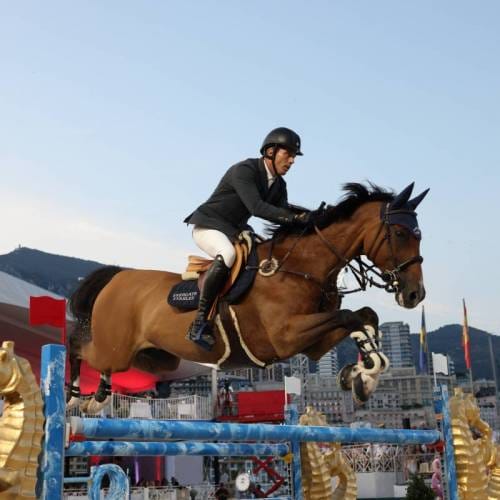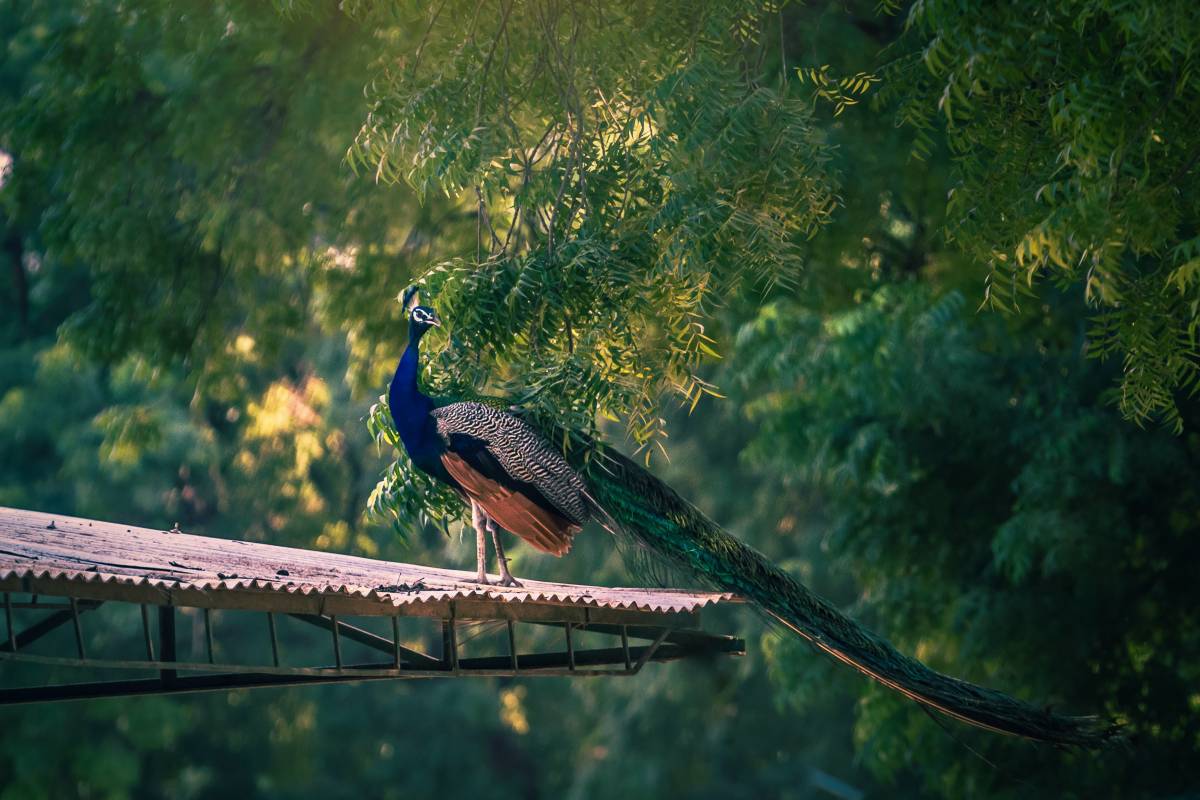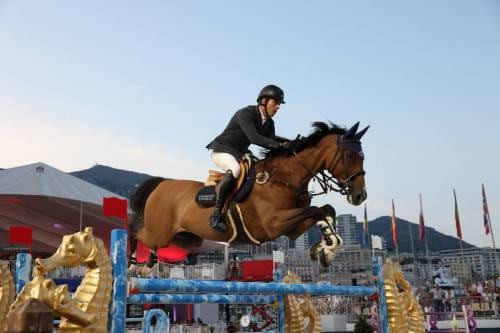The summer breeding season is almost over and the Rainier III Animal Garden is celebrating many new births and one unfortunate death this season.
The Garden first welcomed a group of Lyle’s Fruit Bats in 2016 from Biotropica in Normandy. Two years later, in 2018, the first births were recorded in the garden. Since then,14 babies have been born in the Principality. Shy and discreet, the public can observe them in the large aviary at the entrance of the park in the company of colourful Nicobar Pigeons and the rare and beautiful Lophophore birds.
The most recent births occurred a few short weeks ago when a fluffy brood of widowed whistling ducks and a little Azara’s Agouti (a type of Brazilian rodent) were born.
Tragic death of a baby flamingo
A few days before mother’s day, the newest flamingo was born in the gardens. On 29 July, the park announced that the baby flamingo had unfortunately passed away.
“Our daily life is full of joys but also sorrows…Our young Greater Flamingo (Phoenicopterus roseus) born on June 1st unfortunately passed away. Although living in a controlled environment and under the careful supervision of his parents, a wild Gray Heron (Ardea cinerea) seriously injured him during the night. We hope the colony will be luckier next year,” stated the gardens.
Last summer, the very first baby pink flamingo was born in the Rainier III Animal Garden. The one year old is doing well.
Lots of births in June…
Over June, the park celebrated the births of three Peacocks two Scarlet Ibis and one Nicobar. The pride and joy of the park is a little Great Curassow, which hatched on 1 June and is doing well. The male chicks are born with a yellow colour above the beak and the females are born with a peach coloured marking.
The Great Curassow birth could not have taken place without the close collaboration between breeders and other zoos. The female bird of the young couple was offered to the park by a member of the WPA France-galliformes. The large, pheasant-like birds are currently on the red list of threatened species.









